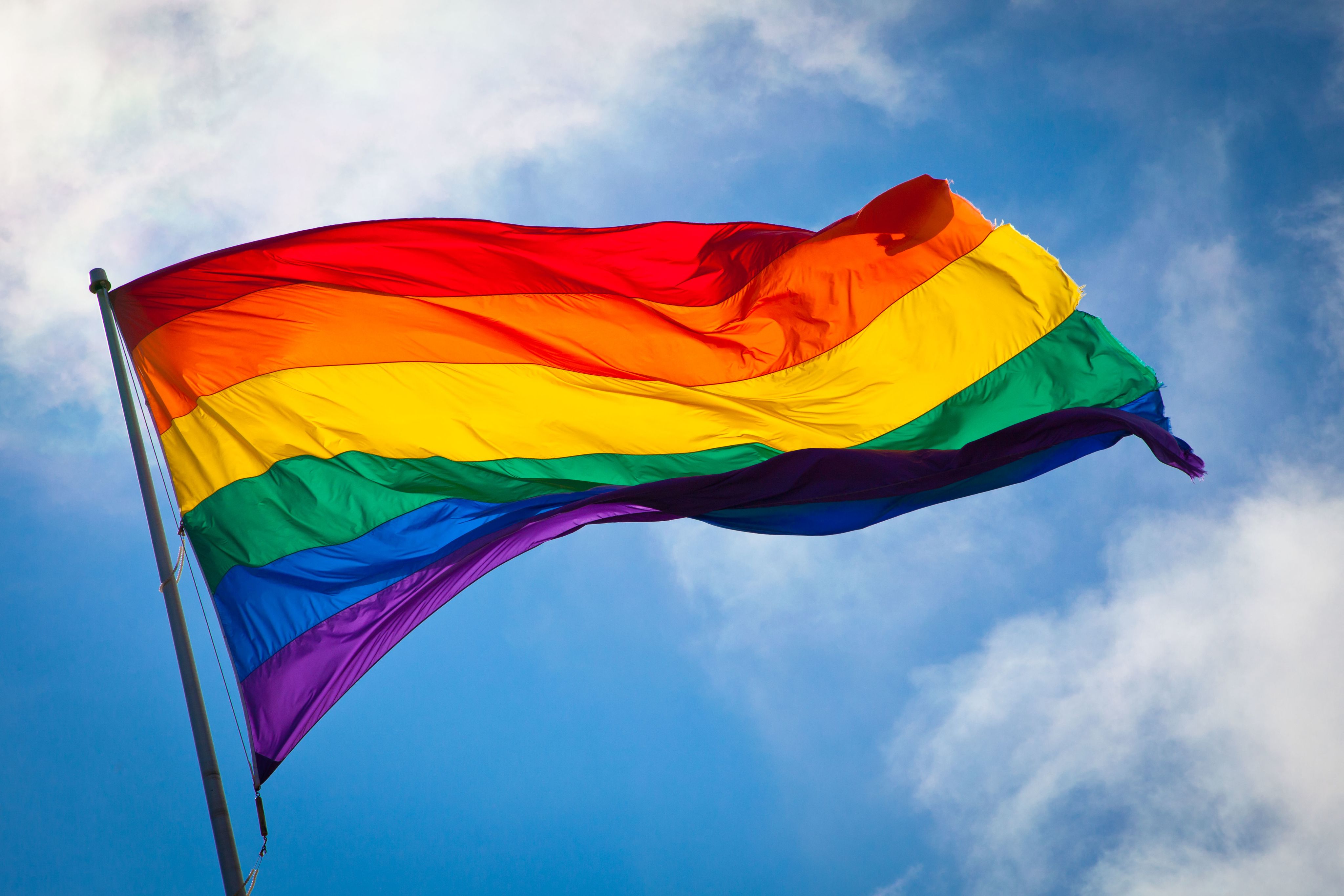Homophobia in the East of England
How often is homophobic bullying occurring in secondary schools?
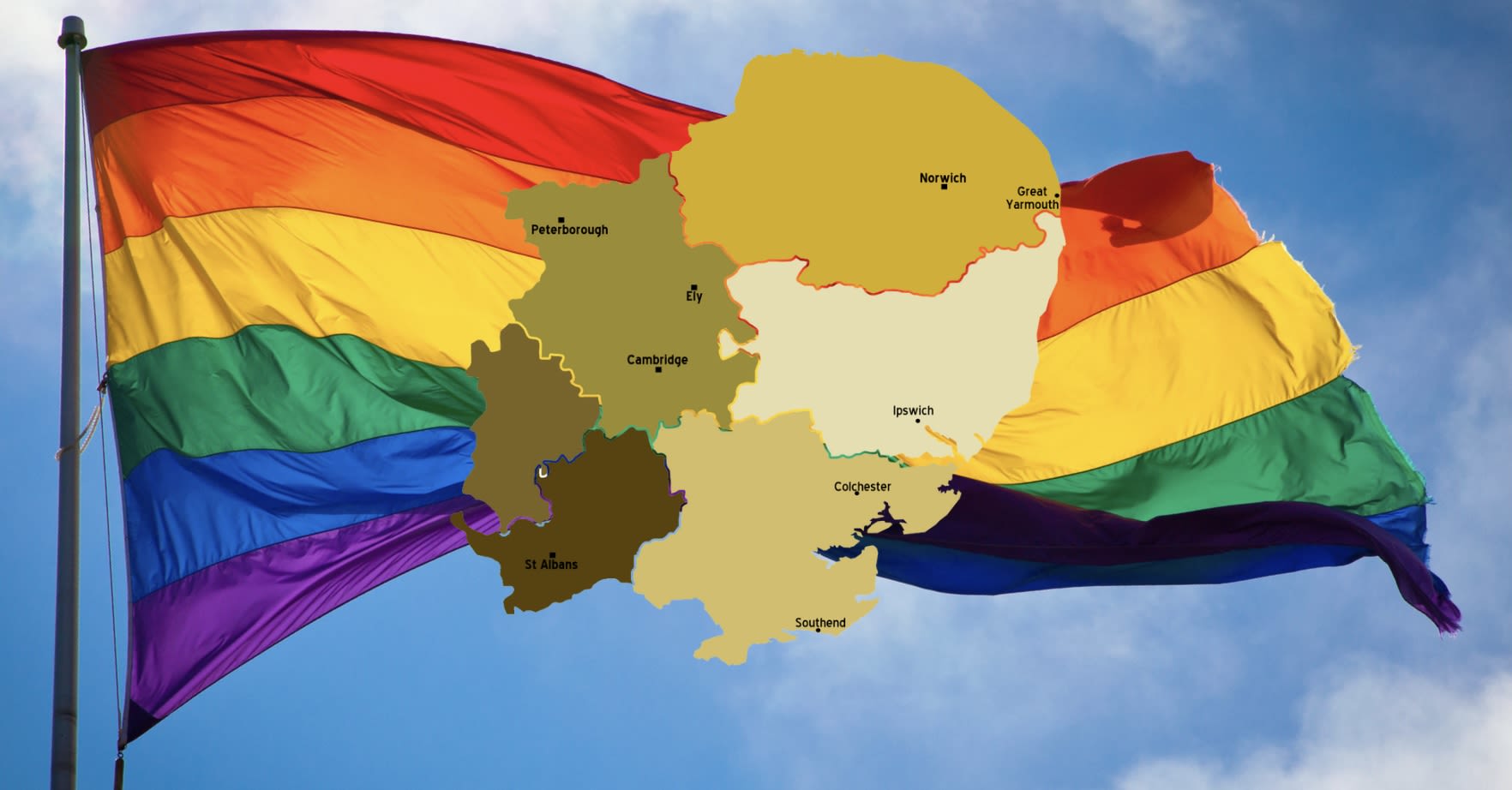
The East of England is one of the more interesting parts of the country.
The area ranges from vast countryside in Hertfordshire, to coastal resort towns in Essex and Norfolk, to entire cities such as Peterborough and Cambridge.
The mixture of environments can influence the way children are raised and how they interact with each other.
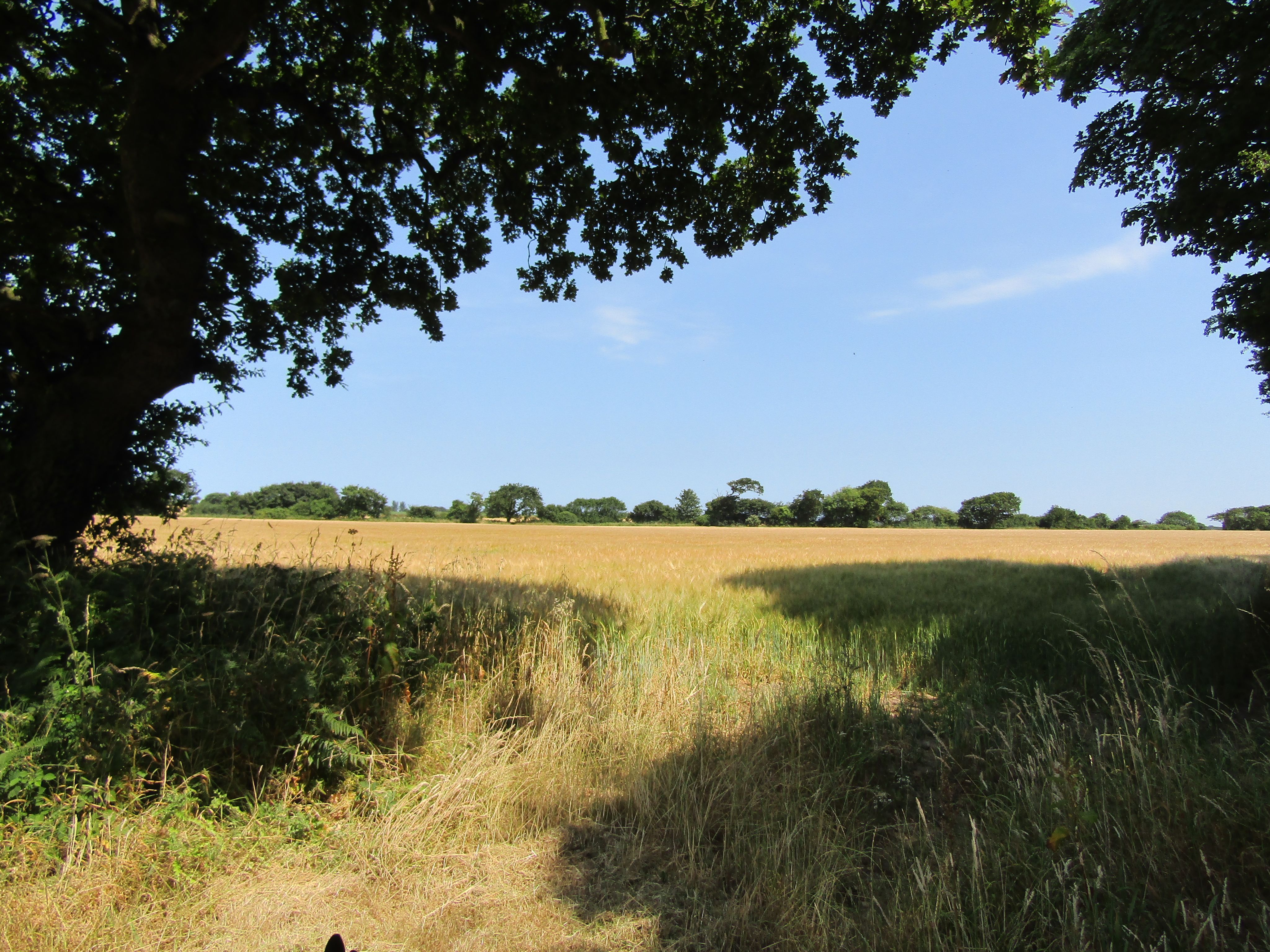
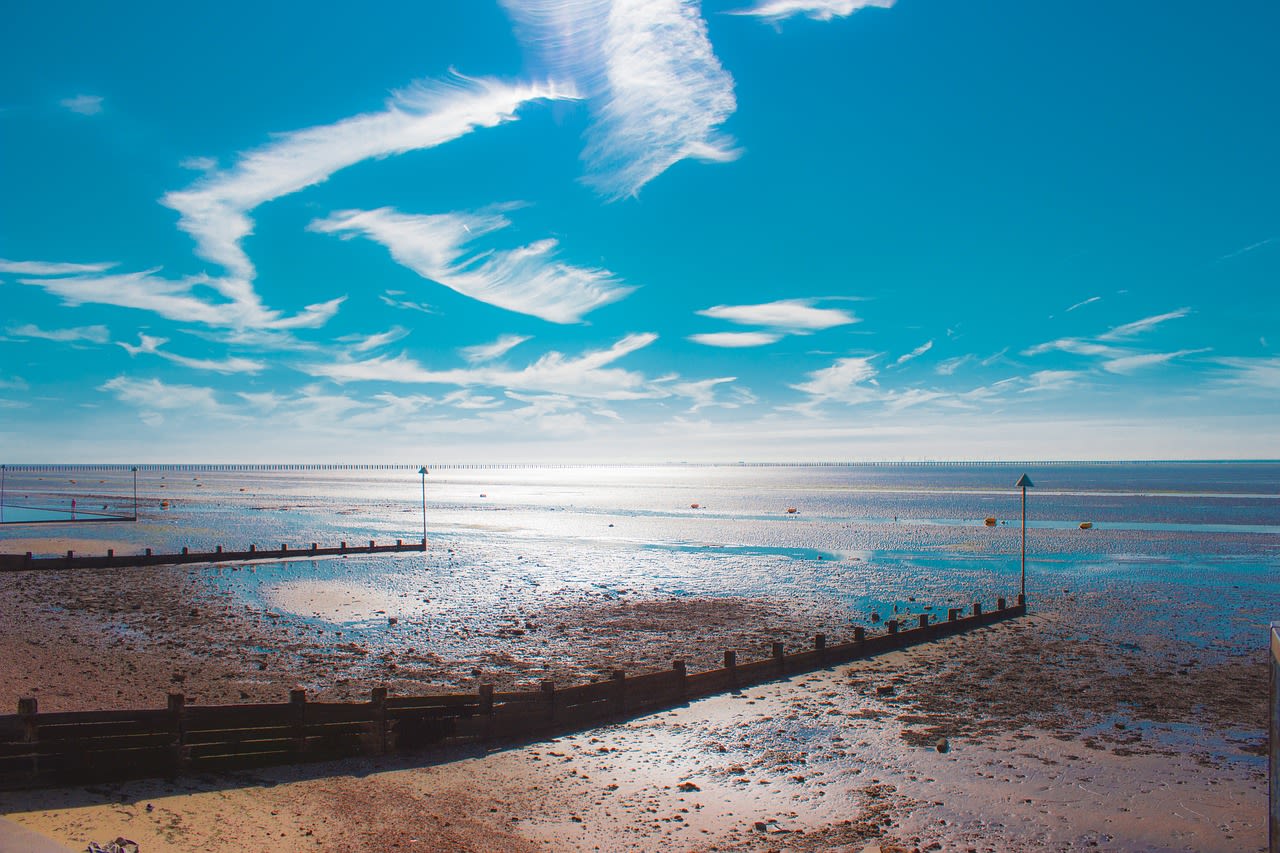
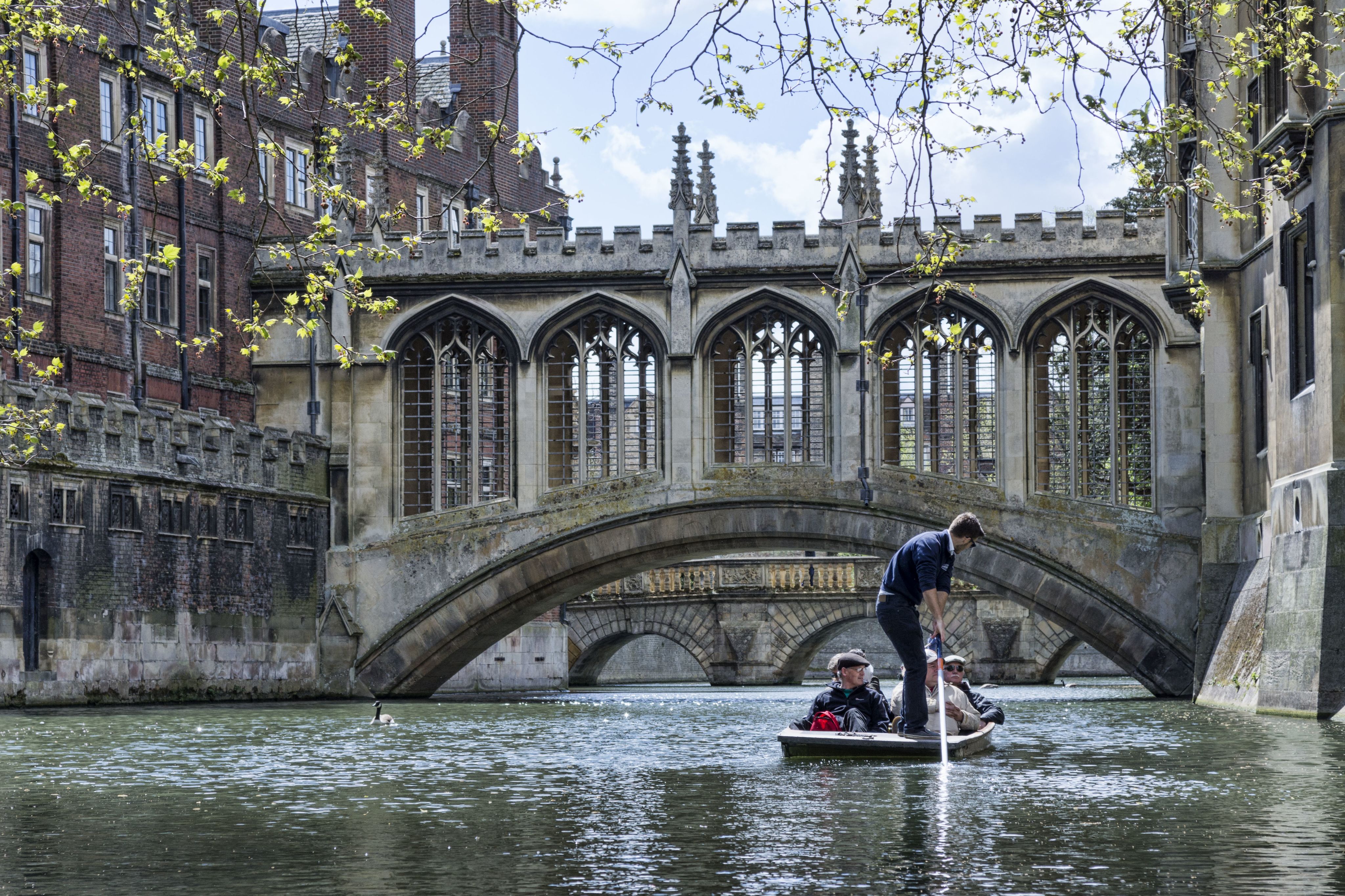
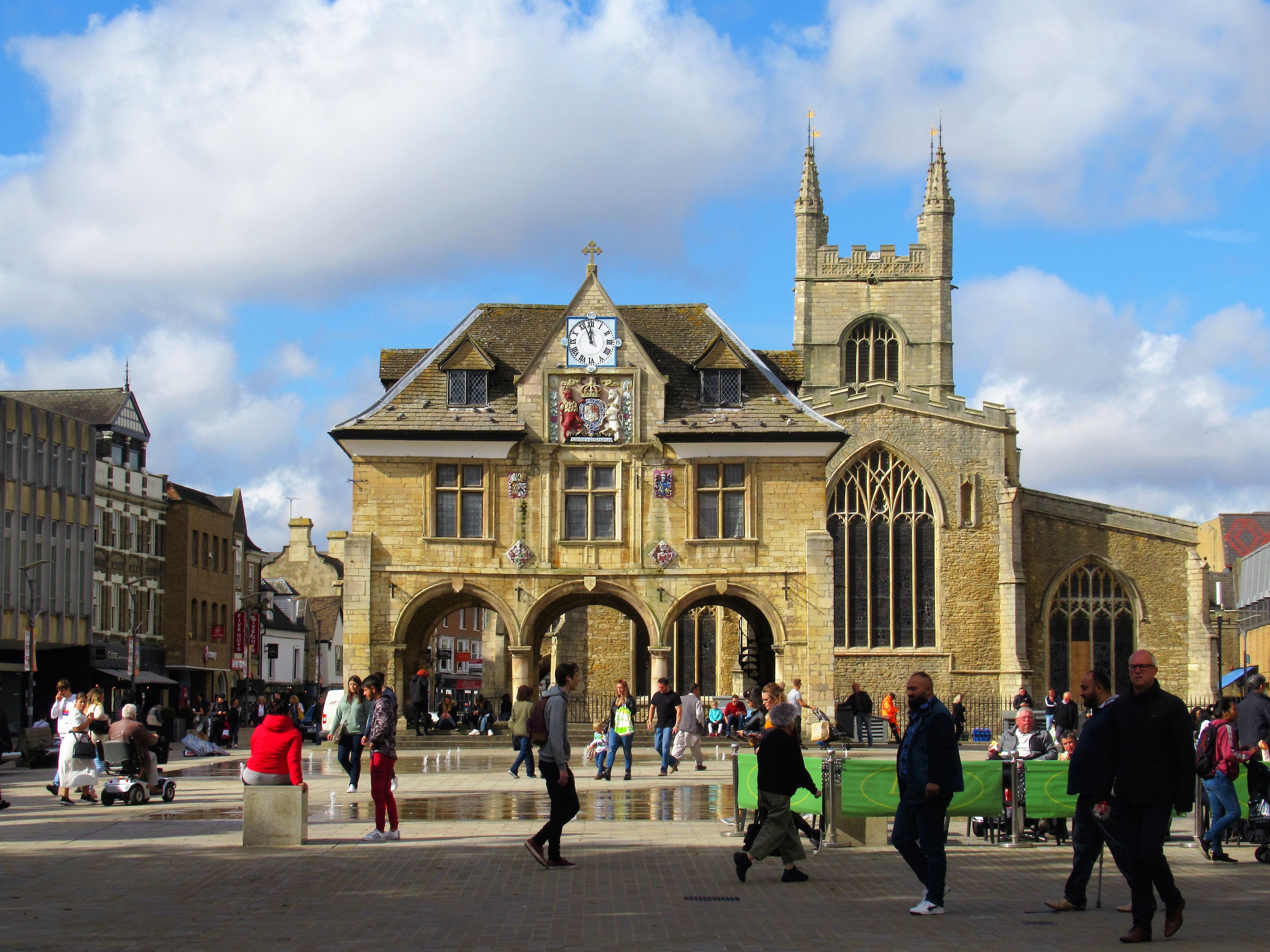
Growing up being unsure of who or what you are is a challenge within itself. Navigating your way through a new environment such as a secondary school can be just as difficult - especially when you’re bullied for being ‘different’.
There are 394 secondary schools in the East of England as of 2020/21 within eleven local education authorities.
A selection of four schools out of the eleven authorities were each sent a Freedom of Information request which asked for the data surrounding homophobic bullying.
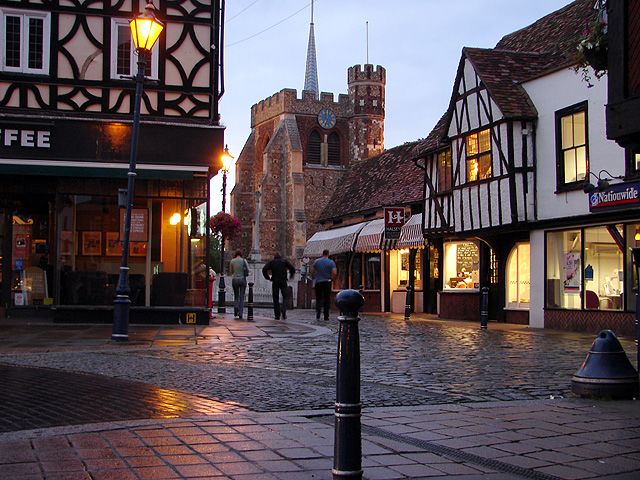
Hichin High-Street, Hertfordshire. Credit: Geograph Britain
Hichin High-Street, Hertfordshire. Credit: Geograph Britain
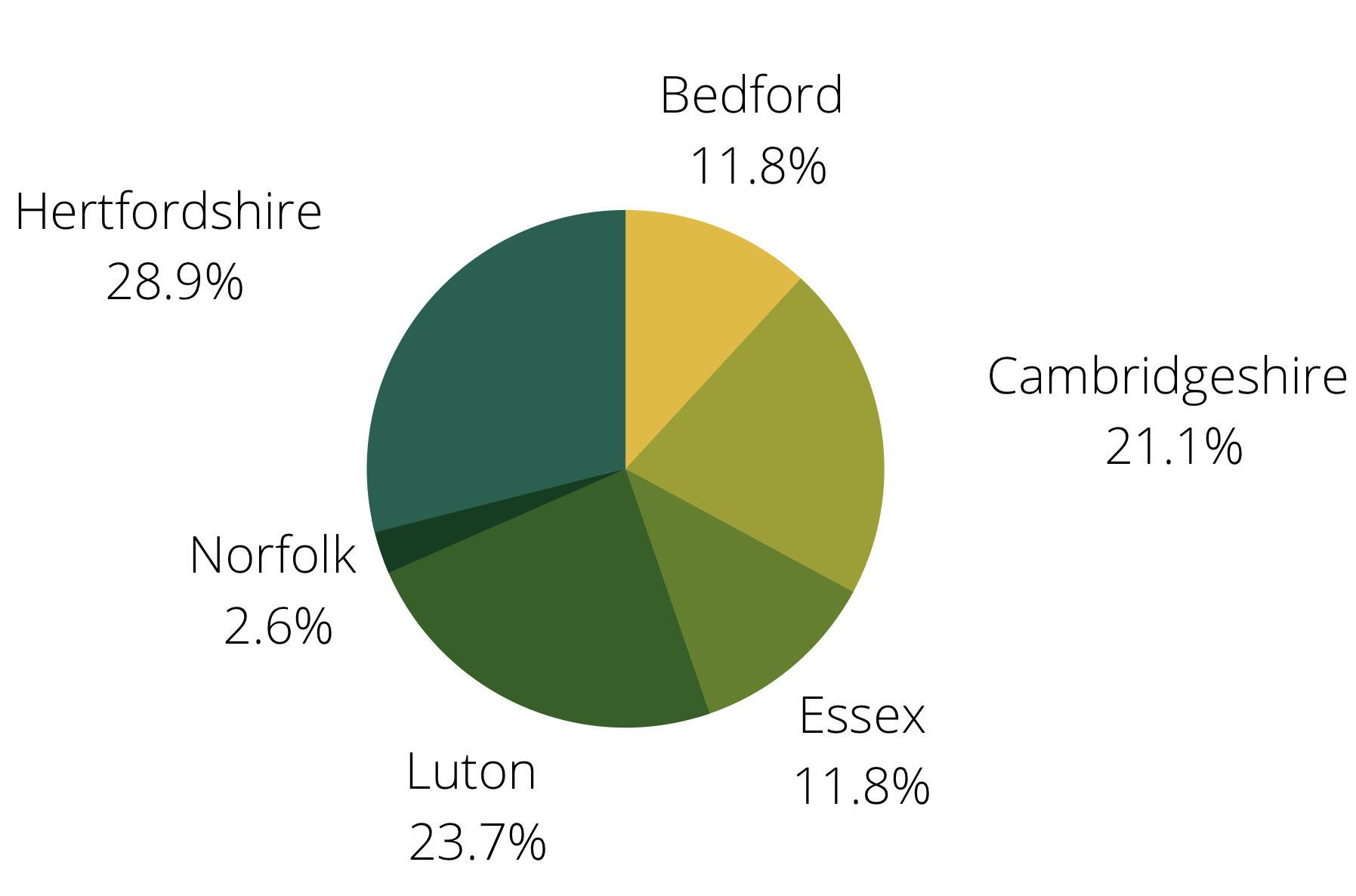
Credit: Luke Severn
Credit: Luke Severn
It showed that the highest percentage of recorded homophobic bullying was in Hertfordshire. This could be due to the rate at and the way in which the school records the incidents or that the incidents simply occur more often.
Initially being prompted by hearing a story of a child pushed out of their secondary school due to abuse and bullying.

Credit: Stonewall
Credit: Stonewall
Feeling helpless, they returned to their former school in an attempt to rise above the bullying - after several months of torment, they finally had a secure network around them and returned to the original school.

Credit: Stonewall
Credit: Stonewall
The particular child decided to remove themselves from the harmful environment, after senior staff not believing the claims and starting fresh at a new school - only to regret their decision.
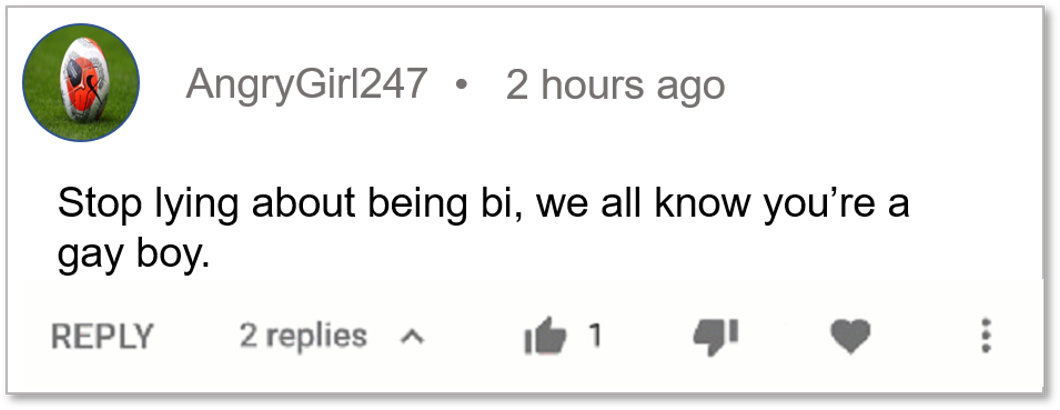
Credit: Stonewall
Credit: Stonewall
Close in distance, yet worlds apart
Out of all the schools contacted, Stopsley High School in Luton reported the highest number of incidents. Their highest was the academic year of 2018/19 at 26 incidents. The lowest being this year, which is due to the school year only being 3 months in.
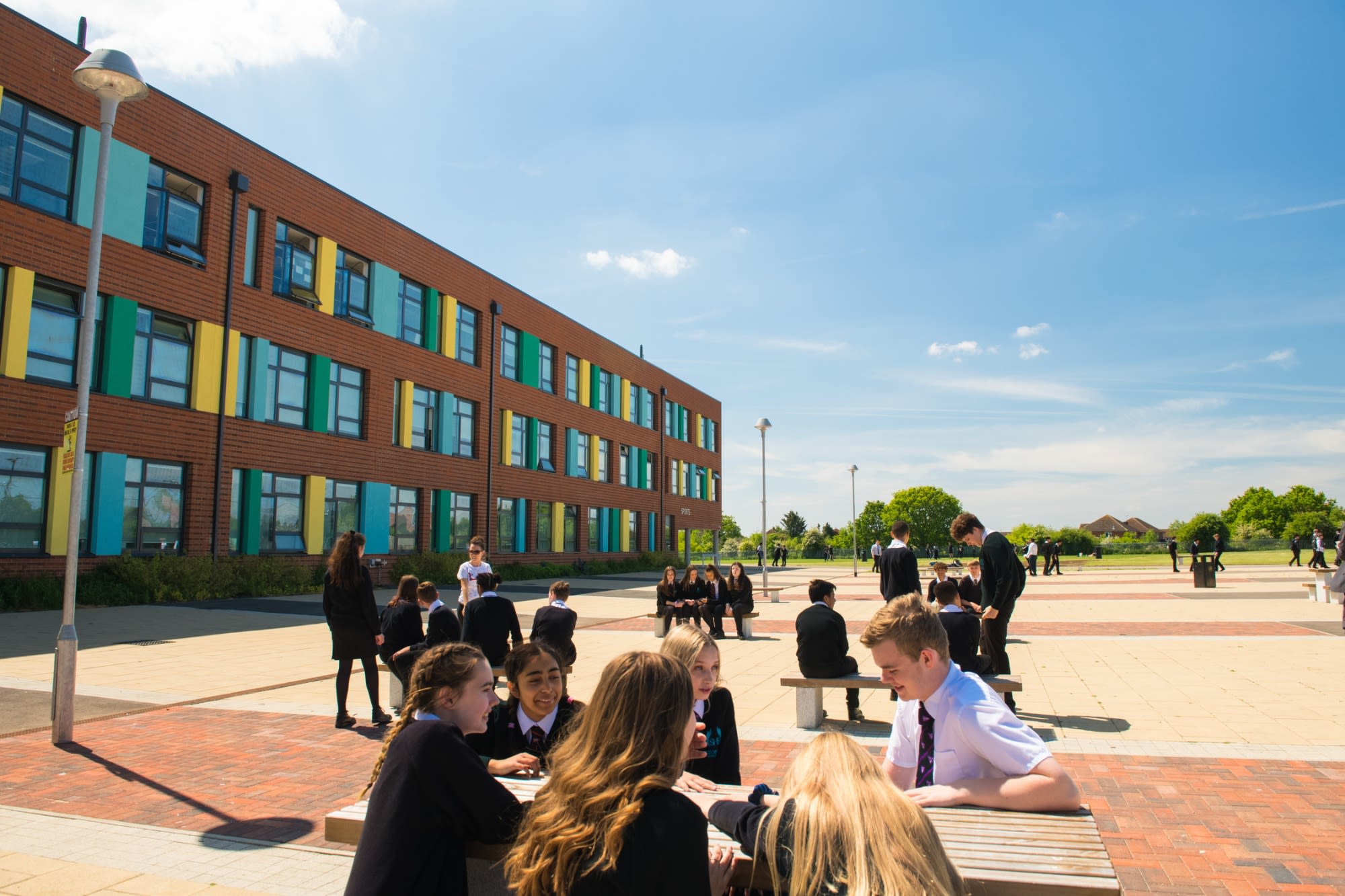
Credit: Stopsley High School
Credit: Stopsley High School
Just one mile away sits Putteridge High School, who reported significantly lower cases of homophobic bullying. From 2017 to now, the school has only recored four cases of homophobic abuse and bullying.

Credit: Putteridge High School
Credit: Putteridge High School
It is interesting to see that a school so close, with the same age groups and children from the same neighbourhoods have such a low number in comparison. Both schools have a similar ethos and share the same values. The schools also recorded their data in a similar way, however, when contacted further, Putteridge were not able to speak any more on the issue due to privacy issues.
Is it getting worse?
It was admitted by government ministers in 2020 that those who identity under the queer umbrella are subject to increased bullying - however funding for LGBTQ+ education has since been cut.
St Benedict's Catholic School in Suffolk stated that:
“no incidents of specifically homophobic bullying has occurred over the last 18 months.”
This raised the question of: was this due to COVID-19 and children not being inside their schools or was these occurrences being overlooked due to the ideologies of the school?
Beauchamps High School in Essex, stated: “We record statistical data regarding homophobia under the umbrella term of “Sexual Orientation”, as such, our data may include incidents relating to homophobia as well as, for example, transphobia.”
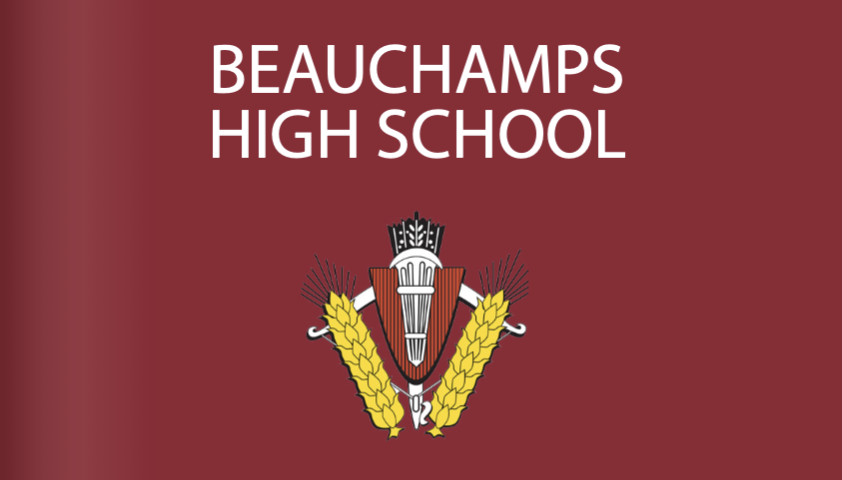
Credit: Luke Severn
Credit: Luke Severn
A teacher admitted that they began separating these incidents into categories from 2019-2020. From 2019 Beauchamps have had 17 incidents of sexual orientation related bullying. The teacher also stated: “many incidents go unreported, it is difficult to record incidents when it becomes playground talk.” Having 17 occurrences since 2019, Beauchamps had one of the highest rates of homophobic bullying compared to the other schools contacted. It is concerning to fathom what the numbers could have been prior to this, it is also worth asking: what prompted the sudden collection of data?

Credit: Luke Severn
Credit: Luke Severn
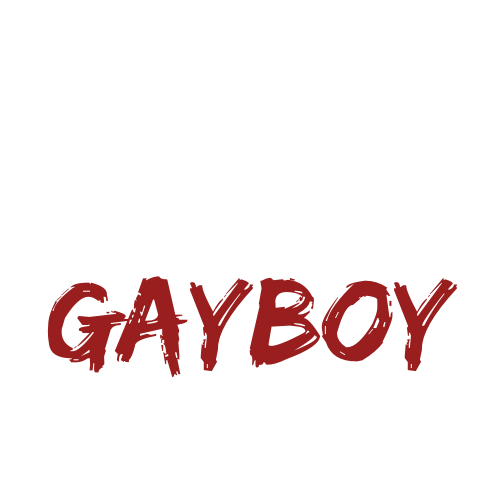
Credit: Luke Severn
Credit: Luke Severn

Credit: Luke Severn
Credit: Luke Severn
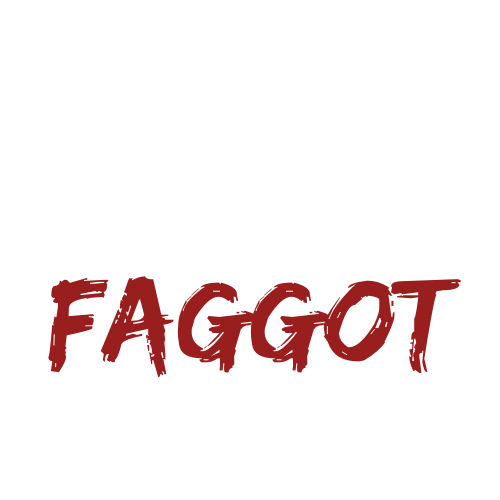
Credit: Luke Severn
Credit: Luke Severn
Harmful Language
It is often out of fear that students do not report these sorts of events. Speaking to the Assistant Principal, Mr. P Hookway from Thorpe St Andrew School and Sixth Form in Norfolk, it was disclosed that the use of offensive language is often used.
However, these particular incidents are not officially recorded as it is not considered a “serious event” without it being formally reported to staff.
During the talk with the school it was also revealed that they were able to search for words that pair with incidents.
It was stated that words such; ‘faggot’, ‘homo’, ‘poofter’ and ‘gayboy’ were often used as derogatory terms, ‘faggot’ being the most frequent.
This particular feature allows the school to pinpoint certain occasions with precise detail - something other schools could be doing.
The teacher went on to discuss the efforts that the school goes to prevent homophobia.
This includes using material curated by the Stonewall charity, the world’s largest LGBTQIA+ charity.
Material includes posters with phrases such as: “‘THAT’S SO GAY’ Let’s be honest, it’s probably not.” Asking the teacher whether he believes that this encourages the behaviour, he confessed that he was not sure.
He stated:
“I have definitely seen the posters be referenced by students in a negative way, but it is our duty to ensure that students are educated.”
Schools can do more
Many schools were adamant that they did not have access to the information needed to show how often homophobic abuse was occurring. This was often due to privacy and safeguarding issues - which is something all of the academies under the control of the Ormiston Trust stated.
Schools also record their incidents in different ways. Many keep a record of the child’s name and age alongside the incident. This meant that the institution was not at liberty to share that information.
Nearly a quarter of schools responded with clear data that clearly displayed that bullying did occur. Schools such as Littleport and East Cambridgeshire Academy and Future Academies Watford in Hertfordshire disclosed that in the academic year 2021/22, students had experienced 11 (Littleport) and 9 (Future) accounts of homophobic bullying.
Neither schools showed any concern nor measures that had been put into place when asked.
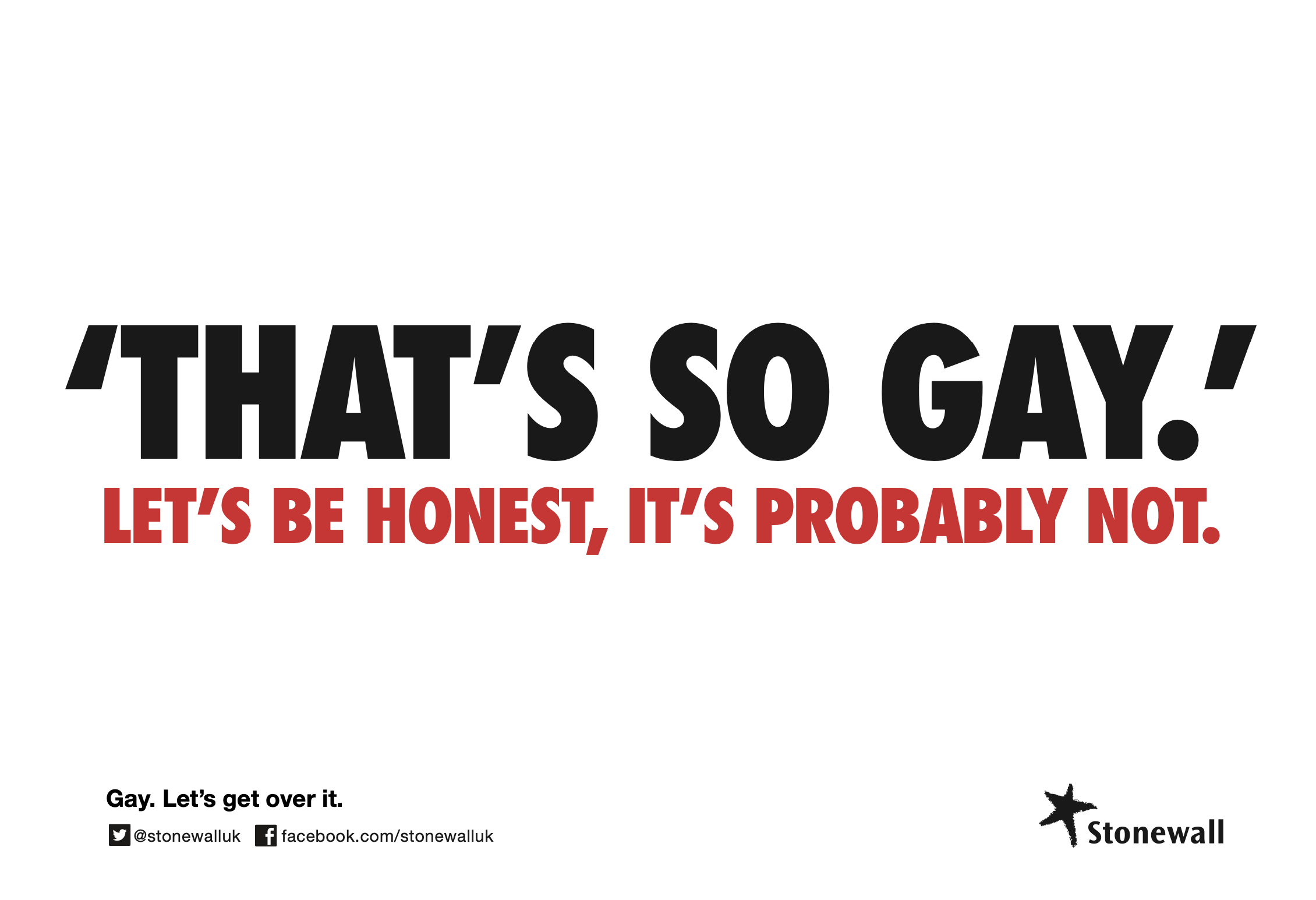
Stonewall poster used within schools. Credit: Stonewall
Stonewall poster used within schools. Credit: Stonewall
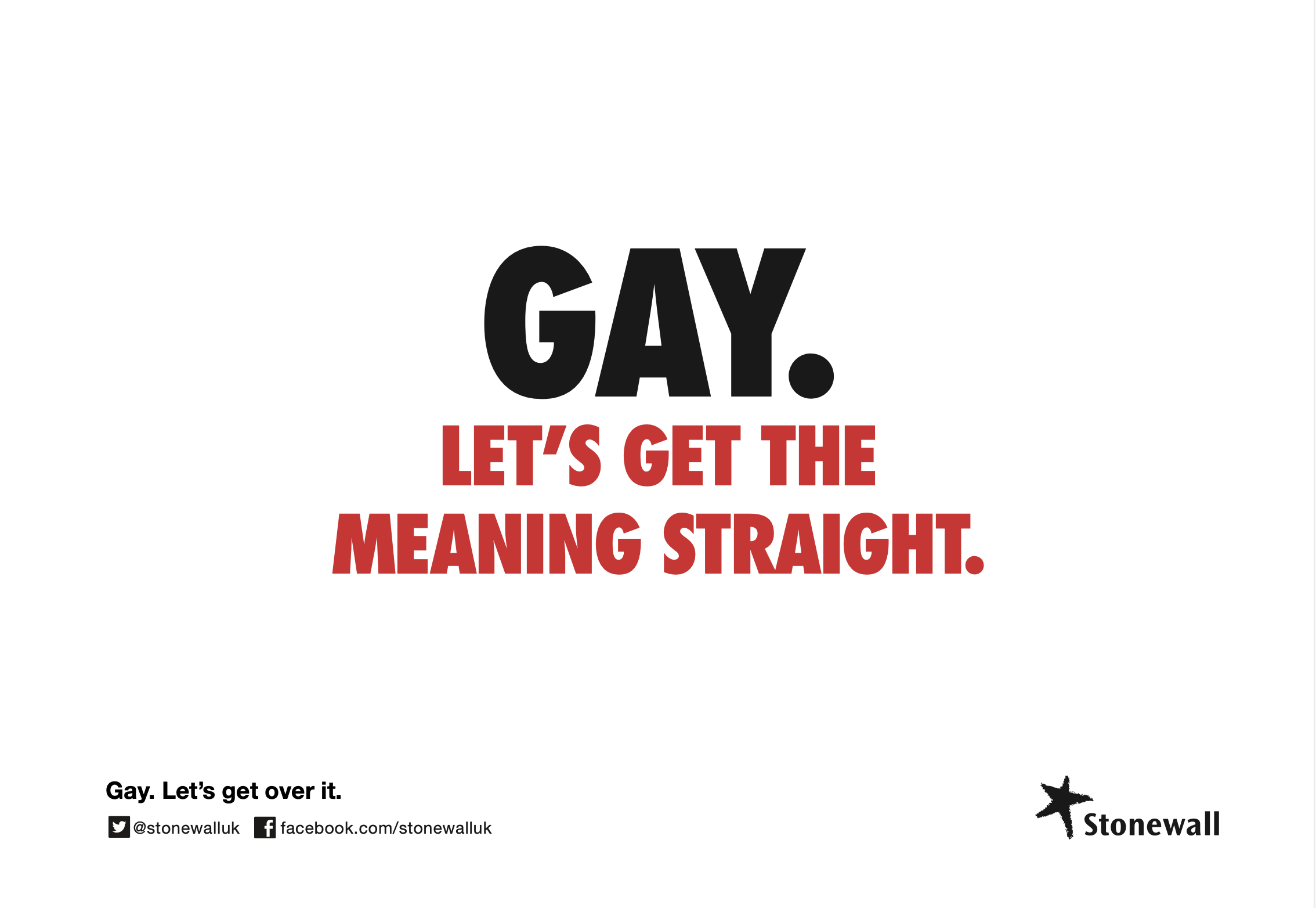
Stonewall poster used within schools. Credit: Stonewall
Stonewall poster used within schools. Credit: Stonewall
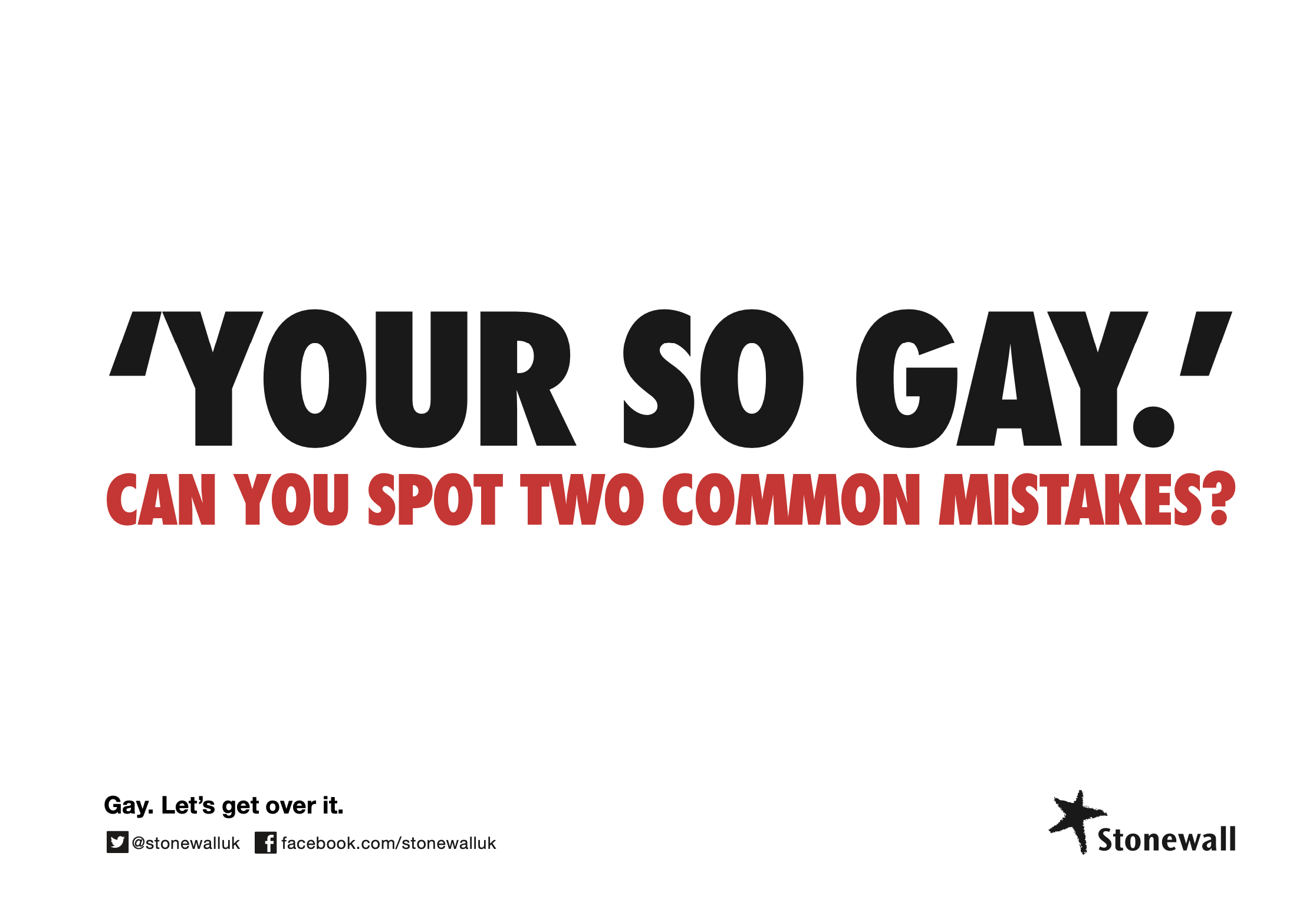
Stonewall poster used within schools. Credit: Stonewall
Stonewall poster used within schools. Credit: Stonewall
What is next?
Attempting to uncover what occurs within each separate school is a major difficulty, especially with each underlying factor. Whether it be the way in which the schools record incidents, students fear of speaking out or the schools denial or negligence, it is clear that bullying happens, whether that be homophobic or something else. An issue that arose frequently was the schools not necessarily understanding how to label incidents. A great number of them seemed to second guess about how to describe the bullying.
Is a student calling a peer a ‘faggot’ once enough to warrant a formal report or must it get to the point where students are being pushed into walls and down stairs before intervention occurs?
